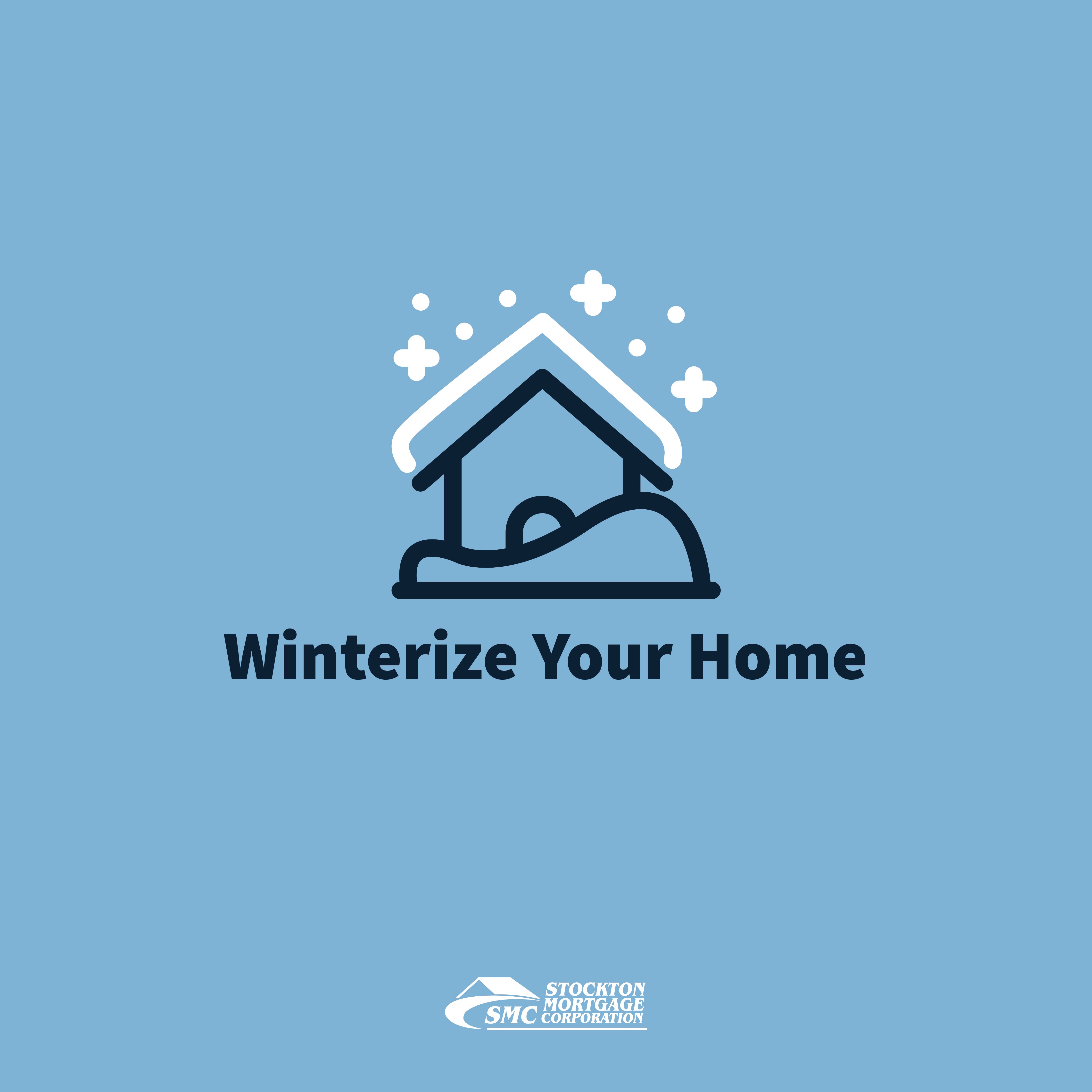A How to Guide: Home Winterizing
A How to Guide: Home Winterizing
A How to Guide: Home Winterizing


Check for and seal air leaks
Along your doors and window frames check for places where air could seep through. Then when it is dark outside, have someone shine a light through the gaps from the indoors out and not anywhere that light shines through. From there seal any leaks with caulking or weather stripping.
Clean out gutters to prevent ice dams
If your gutters are clogged, you run the risk of ice dams forming on your roof. These occur when water backs up (since it can’t drain through) and freezes at the edge of the roof. Ice will continue to build up forming a dam that won’t allow melted snow to drain properly from your roof. Which could lead to leaks and other roof damage.
Insulate your Pipes, especially those on the outside walls of your home
Bursting water pipes can create a lot of damage and cost a lot of money. There are steps you can take that may not be as tedious as wrapping each pipe with insulation. To learn more about steps you can take to protect your pipes, read more here.
Schedule a furnace and chimney inspection
Your furnace will certainly be used all throughout winter so having it inspected will help ensure that it will continue to run and run safely! If you have a fireplace, you will also want to have your chimney inspected to avoid any dangers or damage that could occur from blockages within the chimney or flew.
Trim back trees
It is no secret that snow and ice piling up on tree limbs can cause added stress to that limb. Consider the limbs that hang over your driveway, near the roof or windows; if they were to break under the pressure of the added weight, could they cause damage to your home or vehicle? If you answer yes, it may save you a lot of headache and expense in the future.
Remove potential tripping hazards
Sure, you know that big stick is in the driveway now but will you under a couple inches of snow? Be sure to remove any trip hazards that could easily be hidden by snow fall.
Prep outdoor equipment
Are you ready for the snow and ice? Make sure you know where your shovel, snow blower, window scraper and other winter tools are. While you are at it, ensure they are all in working order.
Prepare an emergency kit
Should you lose power during a snow or ice storm it can be difficult to travel for needed supplies. To avoid having to travel with bad road conditions, be sure to have enough food and water on hand for a minimum of 3 days. You will also want to ensure you are prepared to stay safe and warm while the power is out.
Reverse your ceiling fan
By setting your ceiling fan to rotate clockwise, you will push warm air down and force it to recirculate through the room.
Don’t worry that you might skip over a step, use our free printable checklist to ensure your home is ready for the cold! Just click here to have your easy to print checklist.